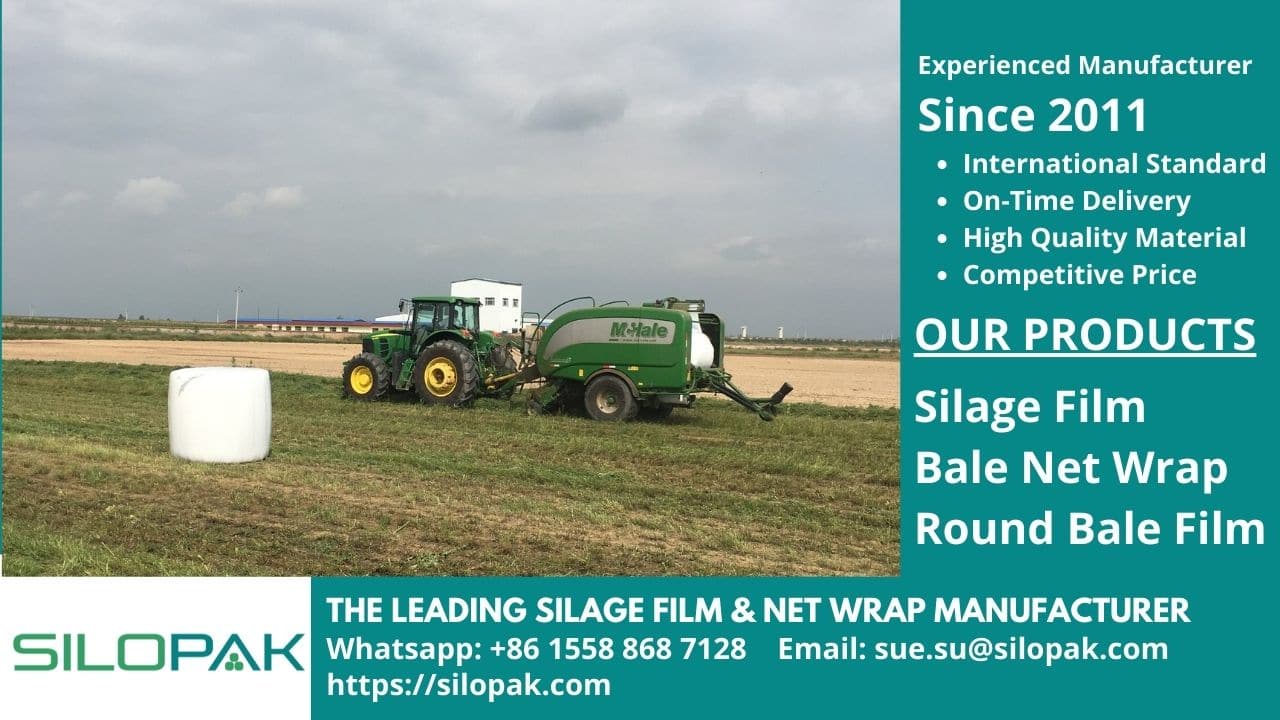
(credit: https://www.agric.wa.gov.au/pasture-establishment/lucerne-plant-and-its-establishment)
Lucerne fodder is one of the mainstay types of feed, especially in increasing productivity on farms. This is a green grass that thrives in the rainy season but also survives the dry season. Making silage based on lucerne must be accompanied by calculations about the amount and timing of giving it to livestock.
So, what are the advantages of this green fodder and how to process lucerne fodder? In this article, let’s cover everything you need to know about lucerne processing and how to make high-quality silage. All focus on one main goal, which is to increase meat and milk production and support livestock health.
contents
Why It’s Important to Cultivate Lucerne and Make it Silage
As one of the most recommended types of feed, here are some reasons why lucerne fodder is important for livestock, whether served fresh or in the form of silage:
Save on Feed Costs
Lucerne’s supply is plentiful, starting with easy cultivation. Breeders can save on purchasing fluctuating, even relatively high, feed costs when they have Lucerne pastures, or make this green grass as fermented feed in the long dry season.
Highly Nutritious Lucerne Fodder
Many case examples and studies show that cows fed lucerne will have high milk production. For livestock in general, this feed is effective in fulfilling nutritional needs in the form of protein and vitamins that support digestion and the livestock’s immune system.
Lucerne Cultivation Good for Environmental Health
This type of leguminous plant will not only benefit livestock in terms of feed availability. This green feed is also able to fix nitrogen in the soil to help fertilize the soil. Lucerne fodder is also effective in suppressing weed growth and does not compete with other crops such as wheat and barley.
How to Plant Lucerne Seeds
How to cultivate lucerne is relatively easy. This plant thrives in highland areas with soil pH conditions of around 5.5 and above. Before starting to plant lucerne fodder, the soil must be drained, cleared, and plowed with a gentle slope so that the plants can grow well before the start of the rainy season. The application of organic fertilizer is also very important and determines the quality of lucerne.
After preparing the soil, you can start preparing lucerne seeds by inoculation. Before planting, the seeds are coated with rhizobium to aid germination and support seedling strength and modulation. Otherwise, it is sufficient to moisten the seeds before spreading them on the ground.
The plant can also use the placement method by first making a hole as deep as 2.5 cm. The spacing between one seed and another is 30-40 cm per row. Make sure the soil is moist and clean when planting, and use the recommended fertilizer to support root development.
Lucerne fodder planting can also be done by intercropping. This method is even more recommended because the growth results can be faster with more economical cultivation costs. During the growing season, you should be wary of fungal and seed insect infestations.
Lucerne Fodder Care and Harvest
In the early stages of its growth, you have to control the lucerne grass so it doesn’t lose out to weeds. Be sure to diligently clear the land of weeds so that the lucerne grass can get the ideal space, light, and humidity. Weed control efforts are also very good for reducing production costs.
Pests that usually attack young lucerne are aphids and caterpillars. You should also watch out for root and stemphylium leaf spot attacks. Applying manure is very important to maintain soil fertility, thus increasing crop yields.
After going through the seeding and care period, lucerne will soon grow and enter the harvest season. But you should not immediately let the livestock graze in the first harvest, because this will prevent you from getting good lucerne growth in the following period.
It’s best to wait until the lucerne fodder has flowered and the roots are better developed. Under these conditions, lucerne has a high protein content. On the other hand, grass recovery after being eaten by livestock, or cut to make silage, will be faster with strong stands.
Use a sharp cutting tool when you want to make silage from this material. Make sure you cut so that the stump is about 2 inches (5 cm) from the ground. The goal is to make grass regeneration easier.
How to Serve Lucerne Fodder to Avoid Bloating

Providing high-nutrition feed on this one must be accompanied by proper management so that livestock do not experience bloating. After the grass is cut, wait for the forage to wither slightly, then it can be served to livestock as a snack. In other words, never give lucerne when the cattle are very hungry.
Making silage based on lucerne fodder can last up to about 3-4 years if you wrap it in good silage film. Therefore, make sure you work with the right film silage supplier for optimal silage production.

